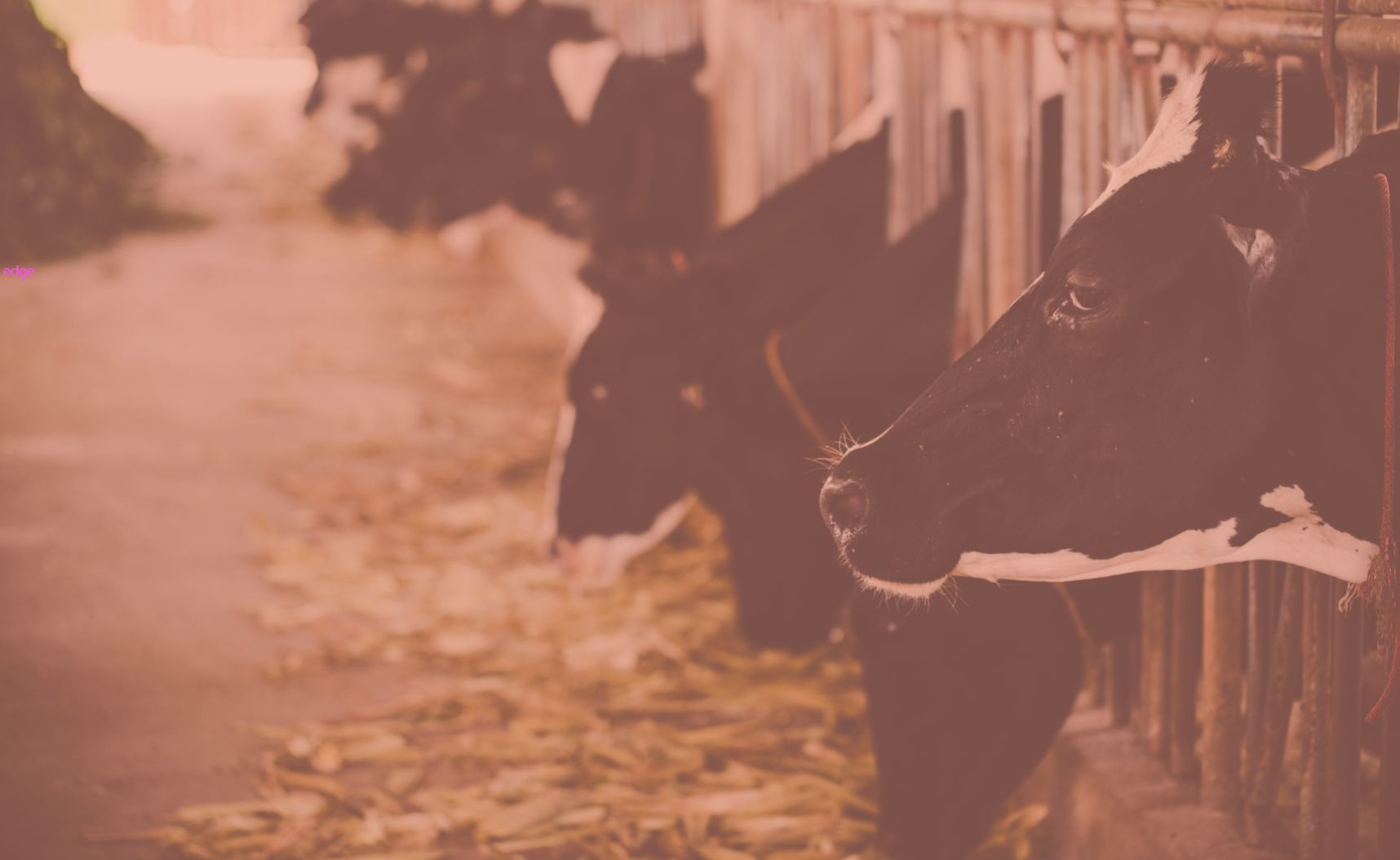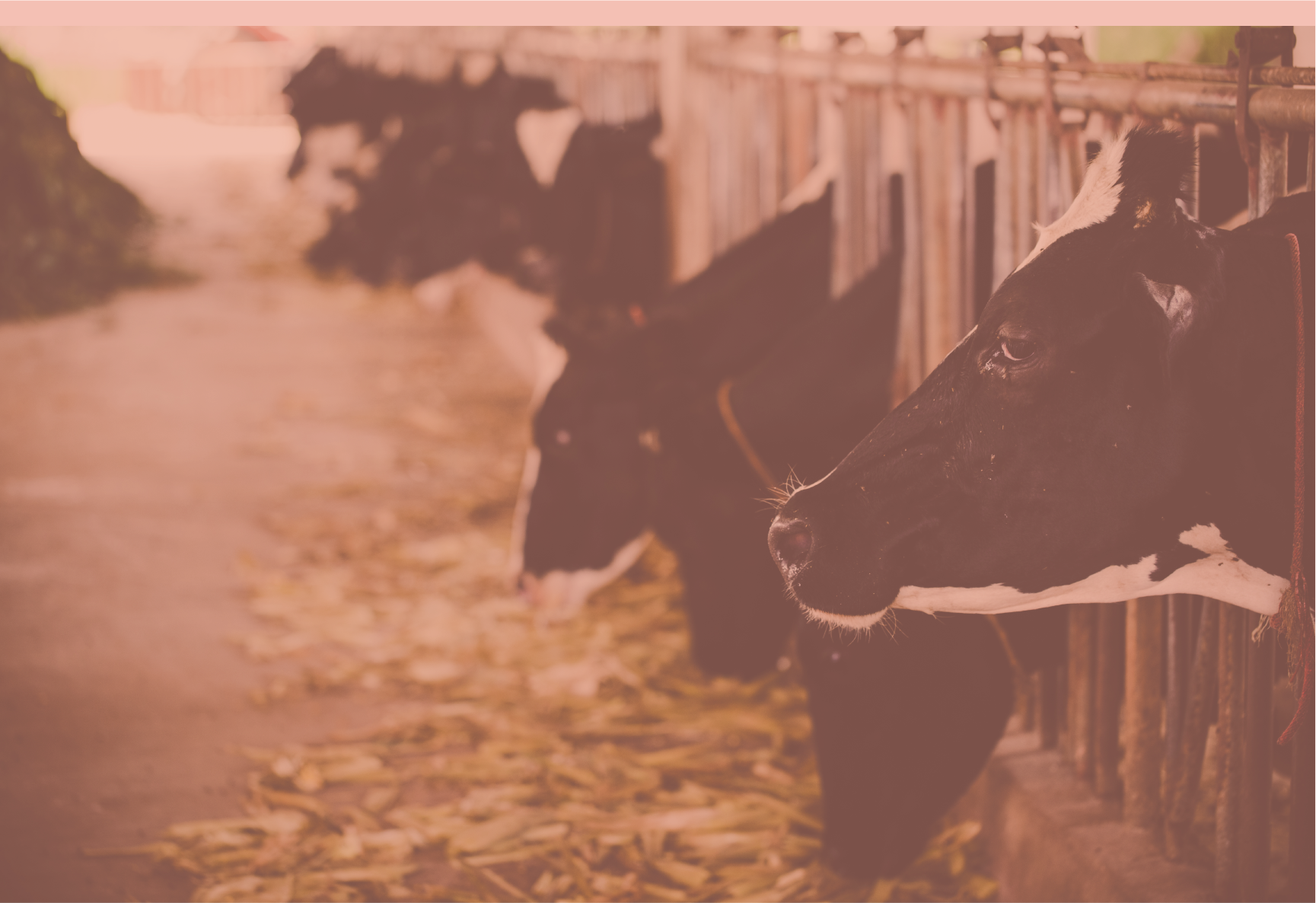Over the past months we have posted on the importance of conscious usage of antibiotics in patients. However, besides humans, there is another large part of the problem: antibiotics in the livestock industry.

In the US, of the antibiotics defined as medically important for humans by the FDA, over 70 percent (by weight) are sold for use in animals and there are countries in which these numbers are estimated to be even higher. More shockingly, among those are many antibiotics that are used as last-line treatments in humans!
The Review on Antimicrobial Resistance
Luckily, with a growing problem awareness governments are starting to take responsibility. In the past decade, the European Union has approved several stricter rules and regulations around livestock and antibiotics: prohibiting the use of routine antibiotics for growth promotion, no antibiotics without a veterinary prescription (plus the monitoring thereof) and a restriction of using last-line antibiotics.
And the result speaks for itself: the volume of sales of antimicrobials for use in food-producing animals in Europe decreased by more than 43% over the last 10 years!
This is how the livestock industry (and governments) can contribute to slowing down growing antimicrobial resistance rates: by awareness, regulations and monitoring!
Sources/further reading:
- Tackling Drug-Resistant Infections Globally: final report and recommendations. The review on Antimicrobial Resistance chaired by Jim O’Neill
- Sales of veterinary antimicrobial agents in 31 European countries in 2019 and 2020. Eleventh ESVAC report.
- The European Surveillance of Veterinary Antimicrobial Consumption (ESVAC) project.



